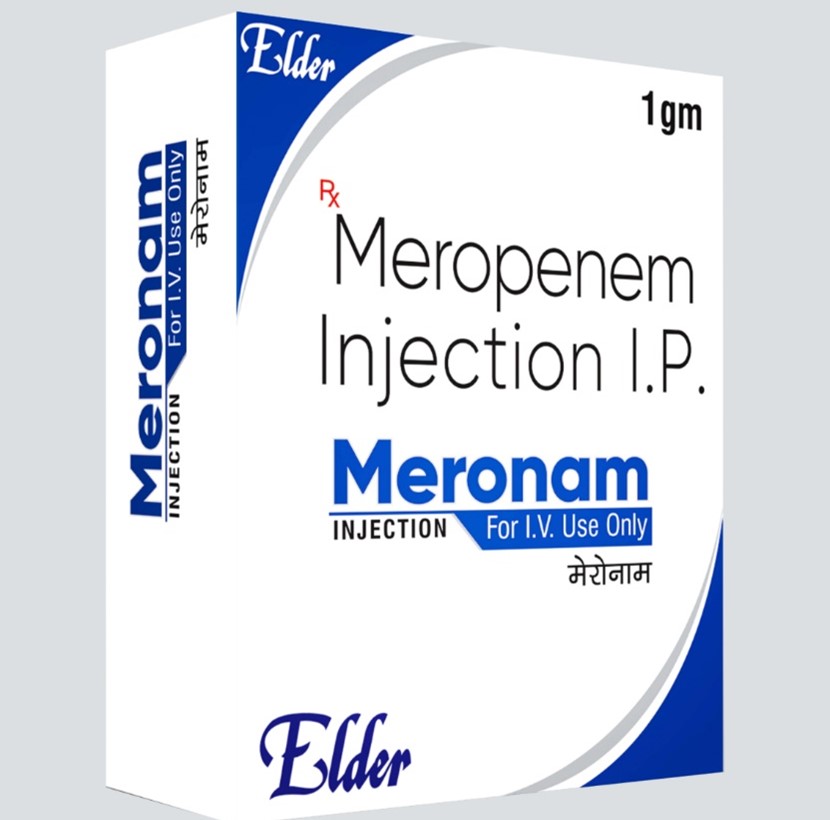The nurse on a pediatric unit observes a distraught mother in the hallway scolding her 3-year-old son for wetting his pants. What initial action should the nurse take?
Provide disposable training pants while calming the mother.
Refer the mother to a community parent education program.
Suggest that the mother consult a pediatric nephrologist.
Inform the mother that toilet training is slower for boys.
The Correct Answer is A
Choice A reason: This is correct because it addresses both the physical and emotional needs of the child and the mother. The nurse should provide comfort and reassurance to the mother and explain that occasional accidents are normal and not a sign of failure.
Choice B reason: This is incorrect because it implies that the mother is incompetent and needs external help. The nurse should first establish rapport and trust with the mother before suggesting any resources or interventions.
Choice C reason: This is incorrect because it suggests that there is something wrong with the child's kidneys, which may alarm and offend the mother. The nurse should not jump to conclusions without assessing the child's history and symptoms.
Choice D reason: This is incorrect because it generalizes and stereotypes boys as being slower than girls in toilet training. The nurse should not make assumptions based on gender and should respect individual differences.
Nursing Test Bank
Naxlex Comprehensive Predictor Exams
Related Questions
Correct Answer is C
Explanation
Choice A: Yellow-tinged sputum is not a critical finding for the nurse to report, as this is a common sign of pneumonia and does not indicate an adverse reaction to meropenem. This is a distractor choice.
Choice B: Nausea and headache are not urgent findings for the nurse to report, as these are mild side effects of meropenem and can be managed with supportive measures. This is another distractor choice.
Choice C: Watery diarrhea is an important finding for the nurse to report, as this can indicate a serious complication of meropenem, such as Clostridioides difficile infection, which can cause severe dehydration, electrolyte imbalance, and sepsis. Therefore, this is the correct choice.
Choice D: Increased fatigue is not a significant finding for the nurse to report, as this can be related to the client's underlying condition and does not suggest a problem with meropenem. This is another distractor choice.

Correct Answer is D
Explanation
Choice A: Advising the client to place one nitroglycerin tablet under his tongue as a precaution is a dangerous action for the nurse, as this can cause severe hypotension and cardiovascular collapse due to the interaction between tadalafil and nitroglycerin. This is a contraindicated choice.
Choice B: Telling the client to have someone bring him to an emergency department immediately is an unnecessary action for the nurse, as there is no evidence of any serious adverse reaction or complication from tadalafil. This is an overreaction choice.
Choice C: Instructing the client to increase his intake of oral fluids until the skin flushing is relieved is not an appropriate action for the nurse, as this does not address the cause of the flushing, which is vasodilation due to tadalafil. This is a distractor choice.
Choice D: Reassuring the client that skin flushing is a common side effect of the medication is an appropriate action for the nurse, as this can calm the client and educate him about the expected effects of tadalafil. Therefore, this is the correct choice.
Whether you are a student looking to ace your exams or a practicing nurse seeking to enhance your expertise , our nursing education contents will empower you with the confidence and competence to make a difference in the lives of patients and become a respected leader in the healthcare field.
Visit Naxlex, invest in your future and unlock endless possibilities with our unparalleled nursing education contents today
Report Wrong Answer on the Current Question
Do you disagree with the answer? If yes, what is your expected answer? Explain.
Kindly be descriptive with the issue you are facing.
